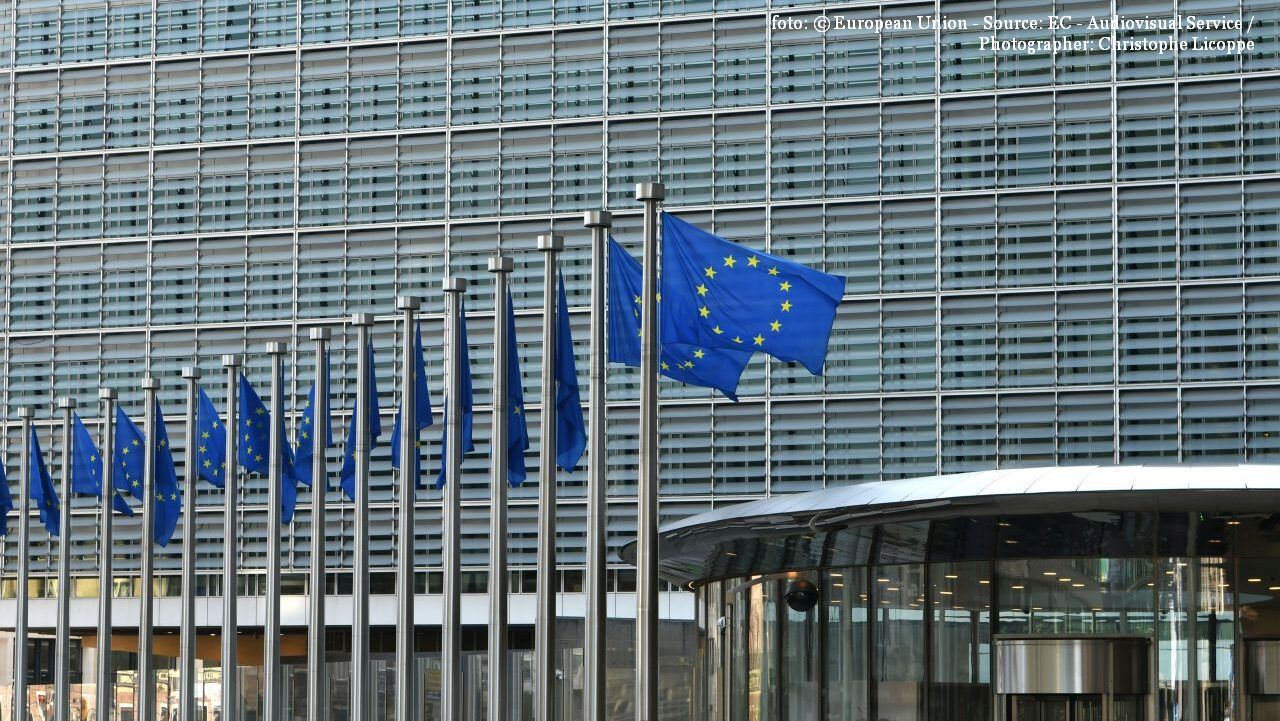Central Bank makes loans more expensive
The Romanian Central Bank has decided to raise key rate from 3% to 3.37% .

Roxana Vasile, 11.05.2022, 14:00
An announcement made public Wednesday morning by the National Institute of Statistics sparked concern among Romanians – the annual inflation rate went up to 13.76% this April, from 10.15% in March, while the price of non-food products increased by more than 16%, of foodstuff by 13.5% and of services by more than 7%. There are products that average income persons can no longer afford to buy, or have to think well before doing so. In terms of inflation rate, the Central Bank initially forecast 11.2% for the end of the second quarter, 10.2% for the third quarter and 9.6% for the fourth quarter. The Central Bank now sees inflation at a much higher level than estimated, with no chances to fall to one-digit levels sooner than 2023.
In an attempt to tame inflation, the Central Bank decided on Tuesday to raise the benchmark rate from 3% to 3.75%. This is the most consistent increase since fall, when the first such decisions were taken. The monetary policy interest rate is the indicator based on which interest rates on bank deposits and loans are set. The purpose of raising this key rate is to discourage lending, diminish consumption and lower the inflation rate.
After the Central Banks announcement, commercial banks are expected to increase borrowing costs and the ROBOR index based on which most loans taken out by individuals before May 2019 were calculated, as well as the costs of bank loans for companies. Also, interest rates on bank deposits will be way below the inflation level. There are numerous reasons for this state of thinks, all amplified by the war in Ukraine and the sanctions imposed on Russia, the Romanian Central Bank explained. The effects mirror in the purchasing power and consumer trust, as well as in the companies activity, profit and investment plans. Moreover, economies in countries neighboring Ukraine, such as Romania, are perceived as risky and having a negative impact on financing costs. Thus, all countries bordering Ukraine are now taking out loans with interest rates of over 7%. In the opinion of the Bucharest authorities, if banks see a higher risk in offering loans to countries bordering Ukraine, talks at government level, at the level of European political groups and of the European Commission are needed. (EE)






























